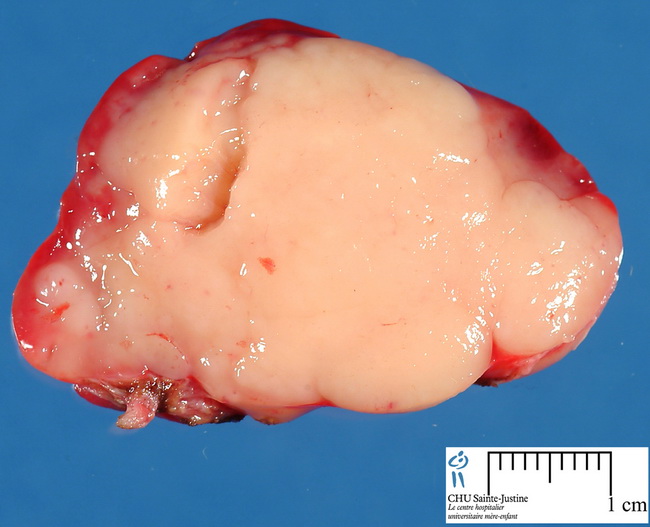NLPHL : Introduction


Comments:
Introduction: Nodular lymphocyte-predominant Hodgkin lymphoma (NLPHL) is an indolent, rare, germinal center-derived, B-cell lymphoma that is biologically distinct from classic Hodgkin lymphoma (cHL). The two entities differ in their clinical presentation, epidemiology, morphology, immunophenotype, and molecular genetics. There are various histopathologic patterns (discussed further with images 4 & 5) which can be best visualized with a CD20 immunostain. Nodular and B-cell rich patterns are more common and considered typical. They present with localized disease and generally pursue an indolent course. The nodules consist predominantly of non-neoplastic, small B-cells, follicular dendritic cell networks, a few reactive T-cells and histiocytes, and a small number of neoplastic cells called lymphocyte-predominant (LP) cells which have multilobated, folded nuclei resembling popcorn kernels.Less frequently, the involved lymph nodes show more diffuse or T-cell rich infiltrates (variant patterns). These patients frequently have advanced disease with splenic, liver, or bone marrow involvement, B-symptoms, and a more aggressive clinical course. NLPHL shows association and morphologic overlap with progressively transformed germinal centers. The diffuse variants of NLPHL also share features with T-cell/histiocyte-rich large B-cell lymphoma and they may represent two ends of the same disease spectrum.
The image shows enlarged lymph node with NLPHL. The cut surface has a homogenous fish-flesh appearance. Image courtesy of Dr. Jean-Christophe Fournet, Paris, France; humpath.com; Used with permission


